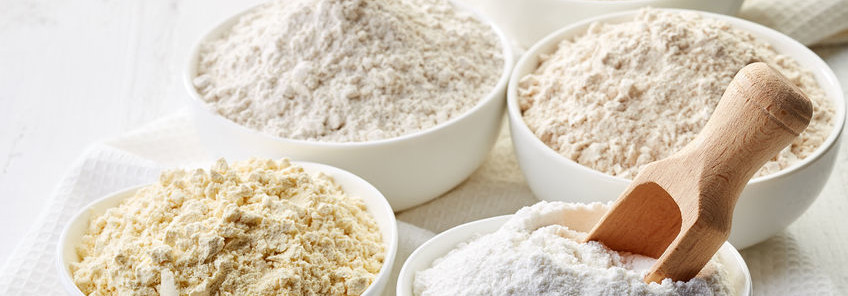
Gluten free baking has moved from the latest craze to an established, growing market. So as you’re looking for ways to move wheat flour out of your formulation, look to alternatives that offer function and nutrition. There’s a reason we’ve been baking with wheat-based flour all these years. It just works so well! But thankfully we’re finding ways to make alternative flours work and thrive in our products.
Like rice flour.
It’s neutral flavor and white color works well in dough. Plus, it’s high in fiber and low in saturated fat, cholesterol, and sodium. However, the drawback is it can hurt volume and texture.
So how can I make it even better?
- Add transglutaminase: with 1% transglutaminase and 2% hydroxypropyl methylcellulose (HPMC), rice bread’s specific volume increases and its crumb becomes softer.
- Add hydrocolloids: Hydroxypropyl methyl cellulose (HPMC) has been found to be the most suitable hydrocolloid, and yields rice bread with a specific volume comparable to wheat bread.
- Use modified rice flour: Bread prepared with phosphorylated rice flour showed a reduction in hardness. It also effects rice bread volume, crumb appearance and color.
What does it add nutritionally?
Rice flour is high in fiber and low in saturated fat, cholesterol, and sodium. Although it has less nutritional value than whole-grain rice or whole grain brown rice flour), it does have a significant source of manganese. It has around 7–10% protein, 75–82% carbohydrates, and .7–1% fat. It is enriched with vitamins and minerals to meet nutrient requirements.

